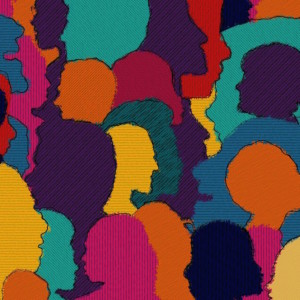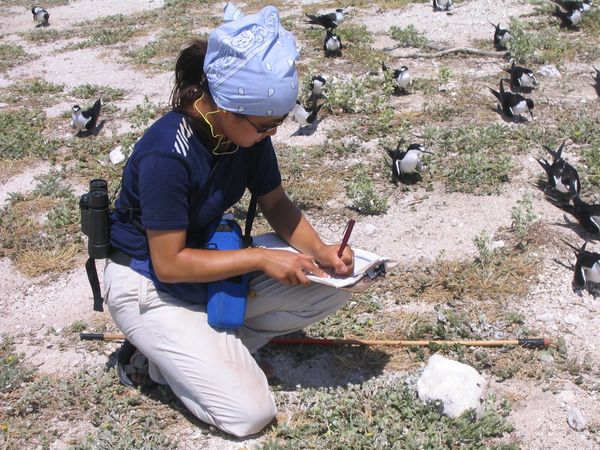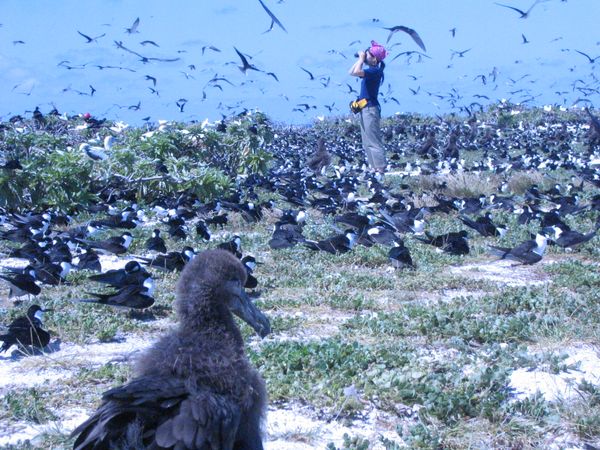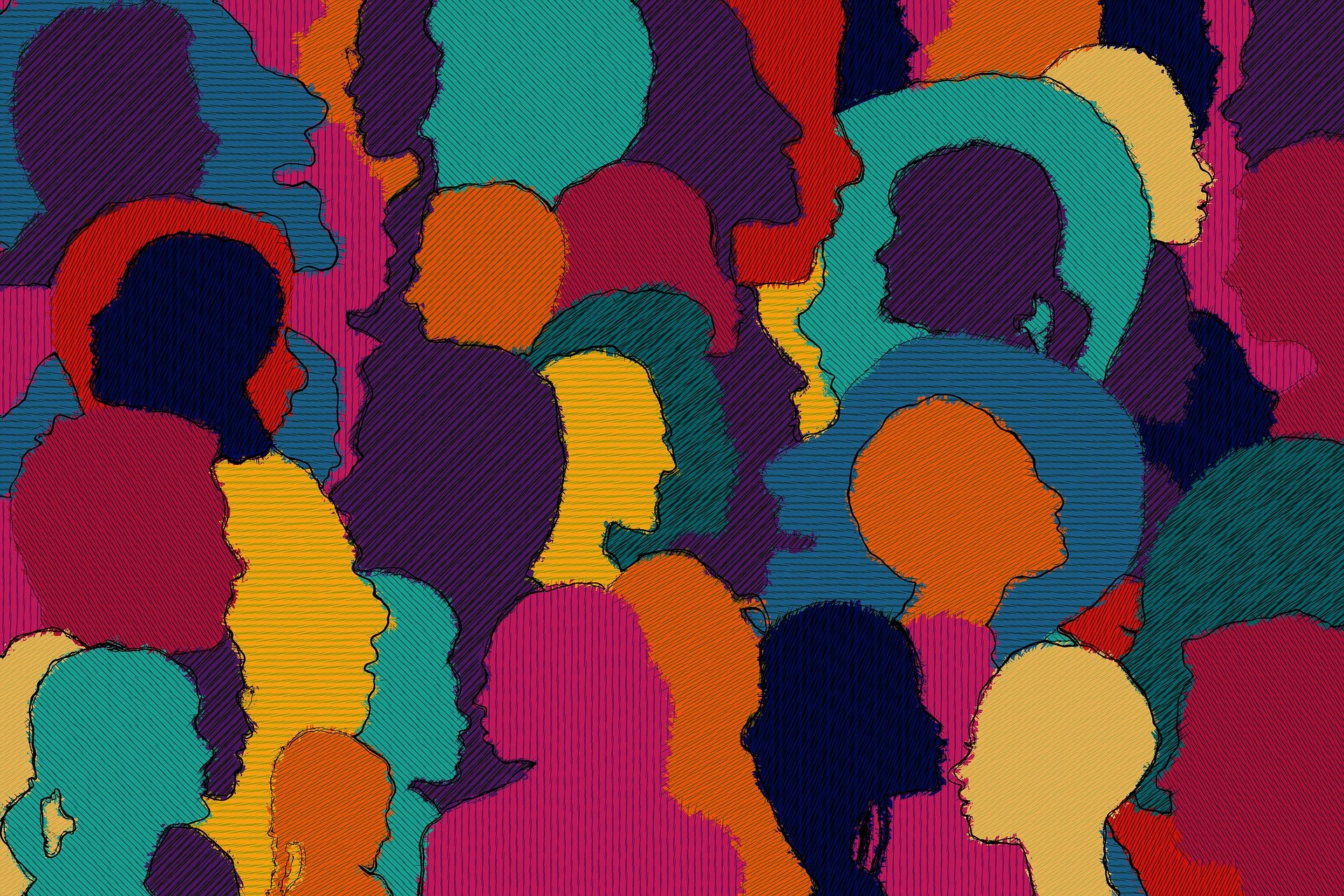
Finding a place to land
I am a 4th generation visible minority (Japanese Canadian) born and raised in Canada. There are three opportunities in my life that sparked and grew my interest and desire to work with birds, to better understand and protect them. I hope that with these experiences and futures ones, I can play a role the conservation of the natural world. It has not been a direct or easy flight path but one that has gotten me to where I always wanted to land.
My first pet
When I was five, to be honest I was scared of birds, well maybe not all birds but I was afraid of being bitten by my budgie. I vividly remember the fear as I gingerly put him closer to my face as encouraged by my dad for a photo. I had him for 14 years and as an only child in an urban environment, this little bird was my first connection to animal behaviour and my fascination with nature.
My first job
My first job as a teenager was at an urban wildlife hospital. I applied despite not having all the qualifications in the job posting. It was here that I learned more about different bird species. I also learned about the negative impacts humans have on nature that might have caused them to be there in the first place. It was a great learning experience; I got to feed baby Black-capped Chickadees (Poecile atricapillus) and American Robins (Turdus migratorius) during the baby bird season. I had that job for three summers because I enjoyed it. This encouraged me to complete a BSc in biology focusing on ecology. As a university student, I had various opportunities to work with birds as a research assistant for graduate students conducting research on Western Sandpipers (Calidris mauri) and Tree Swallows (Tachycineta bicolor).
My first seabird island
I was applying for many field jobs one year and came across an opportunity in the US. It was as a field volunteer for the US Fish and Wildlife Service on Tern Island, a remote seabird island in the French Frigate Shoals in Hawaii. As a Canadian with no previous connections to the island, I was very lucky and felt like I was chosen at random to spend 5 months there. I monitored Masked Booby (Sula dactylatra) reproductive success and ringed hundreds of Laysan (Phoebastria immutabilis) and Black-footed Albatross (P. nigripes). It was an eye-opening experience. I saw the negative impact of marine debris and particularly microplastics on seabirds breeding on this tiny island in the middle of the Pacific Ocean and it was incredibly heartbreaking. It was here that I was determined to get into graduate school and to try to find a way to help seabirds, however small. I did a MSc studying Common Guillemot (Uria aalge) parental care on Gull Island, Newfoundland.

I went onto working with seabirds in Sweden on the island of Stora Karlsö (balticseabird.com/) for several seasons monitoring reproductive success, doing behavioural observation and ringing many Common Guillemot chicks. My latest opportunity was as a seabird island supervisor in Canada (Machias Seal Island, New Brunswick) where I coordinated and participated in the long-term monitoring of several seabird species.
Though I definitely noticed that I was the only person of colour in many of my field jobs, it did not honestly bother me for the most part. I never found it to be something that made me feel uncomfortable. There was only one incident that I can recall where someone said something to me that really struck a nerve, when she mentioned her worldview on race as a white person. I was not sure how to interpret that so I did not say anything at the time but I know it bothers me because I have shared the story several times since.
Mostly any notion that I was different was the fact that I was the only Canadian in the field camp in the US or Sweden. Sometimes, I would be asked something stereotypical about Canada like how cold is it or how to pronounce words like “produce” or “about” but it was mostly in good humour.

Having done seabird fieldwork in several countries including my own, the only incident of uncomfortableness with race was in Canada. For the most part, I have found that people who end up doing a lot of work with birds particularly on remote field islands have shared interests and values that transcends skin colour. Perhaps, it is the long days and nights working and living together on a remote island that can bond people much faster than in a regular office environment. Not to say that everyone has long lasting connections but some of my favourite people are ones I met in the field due to our shared love of birds or ones that I know to have done such work. I feel there is a connection due to shared similar experiences.
My experiences with birds and the people who work with them have been largely positive and in the context of academia and government based environmental monitoring and research but birds are accessible to everyone. One does not have go to live and work on a remote island. One just needs to stop and listen to the sounds outside their window or outside while walking by some trees or bushes. Once people start to notice birds, it is easier to connect with and have a respect for nature and in turn hopefully others who share the same interests and values regardless of colour.
If you are interested in contributing to the #BOUdiversityBlog, please get in touch with us via this form which ensures anonymity for those who seek it.
Image credit: CCO GDJ pixabay.com




